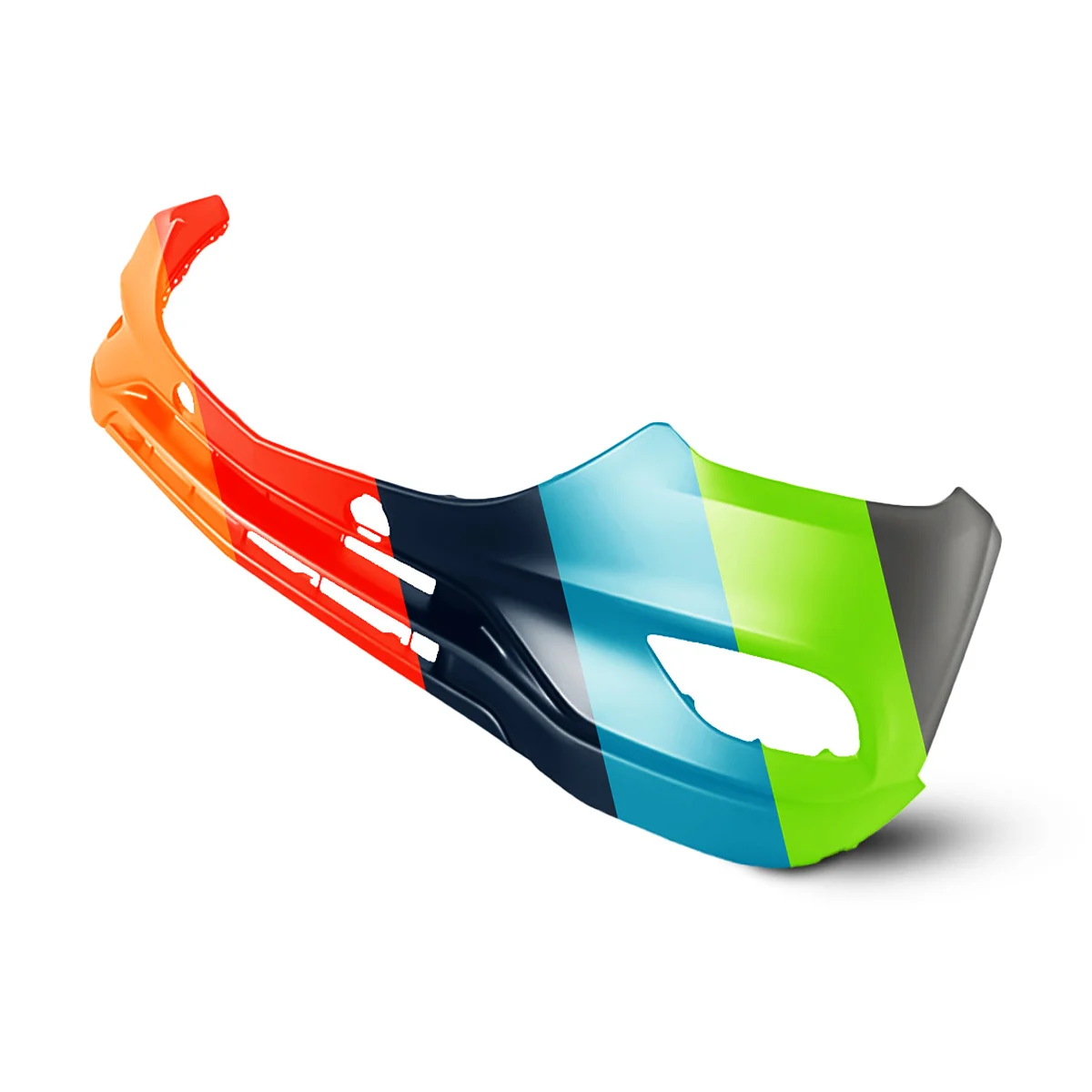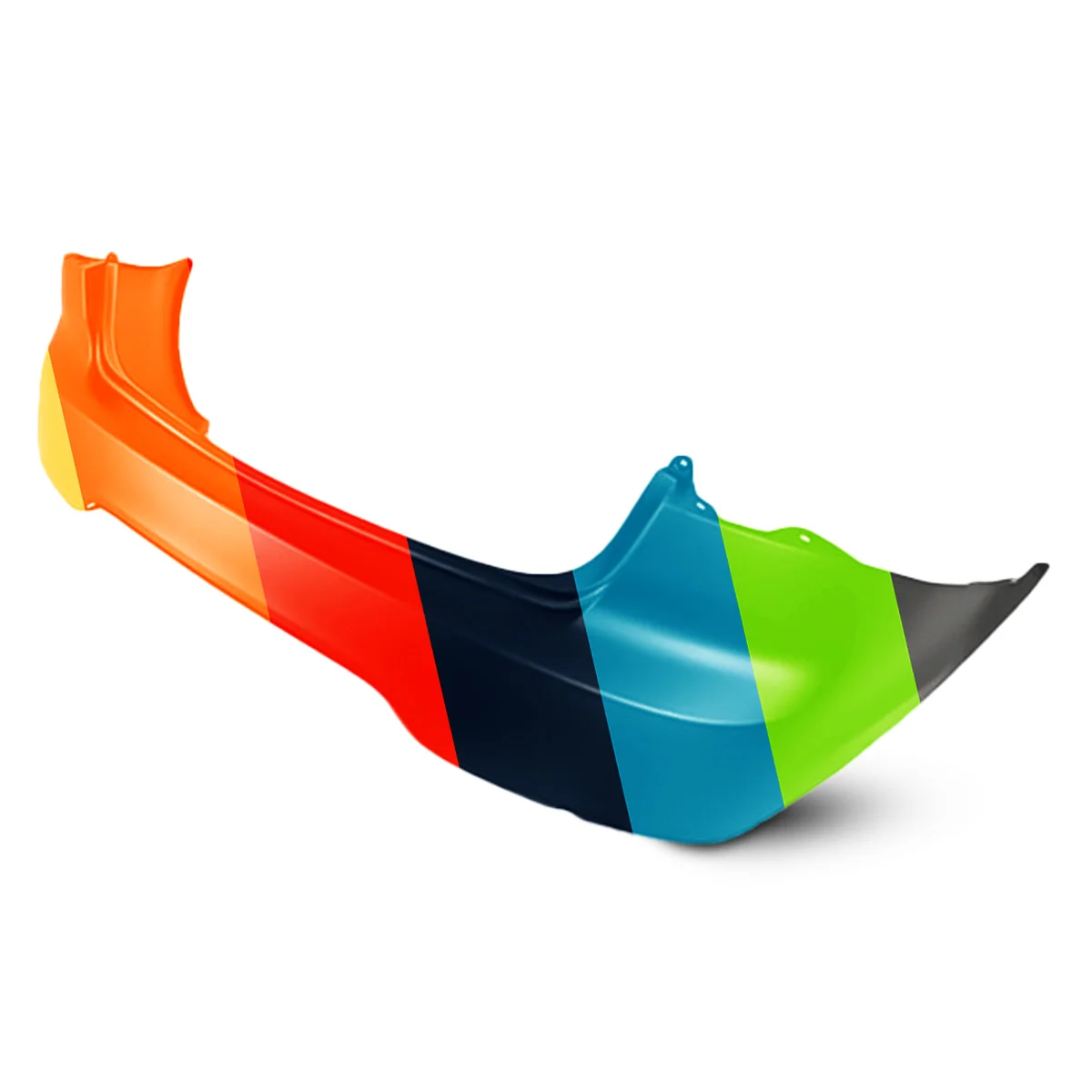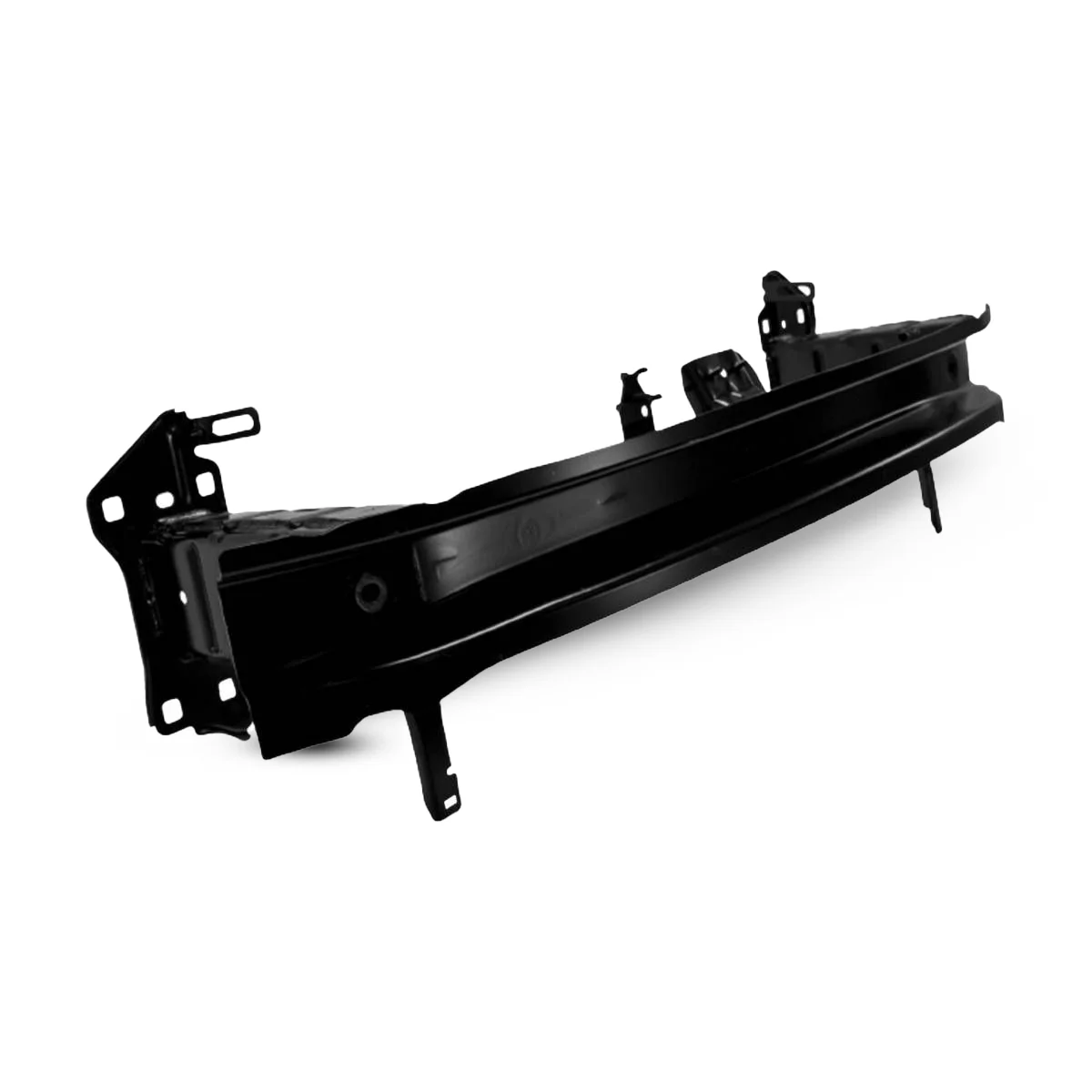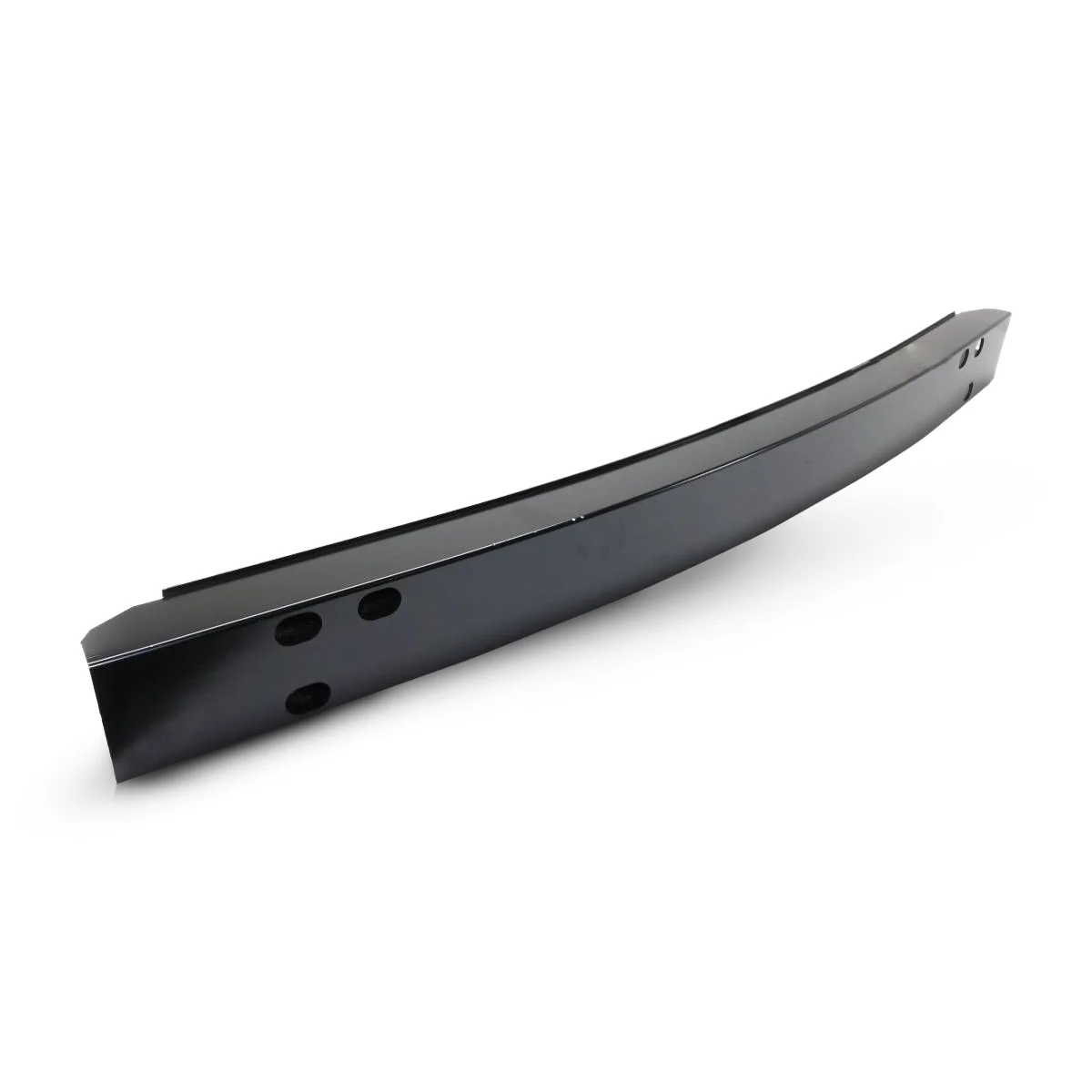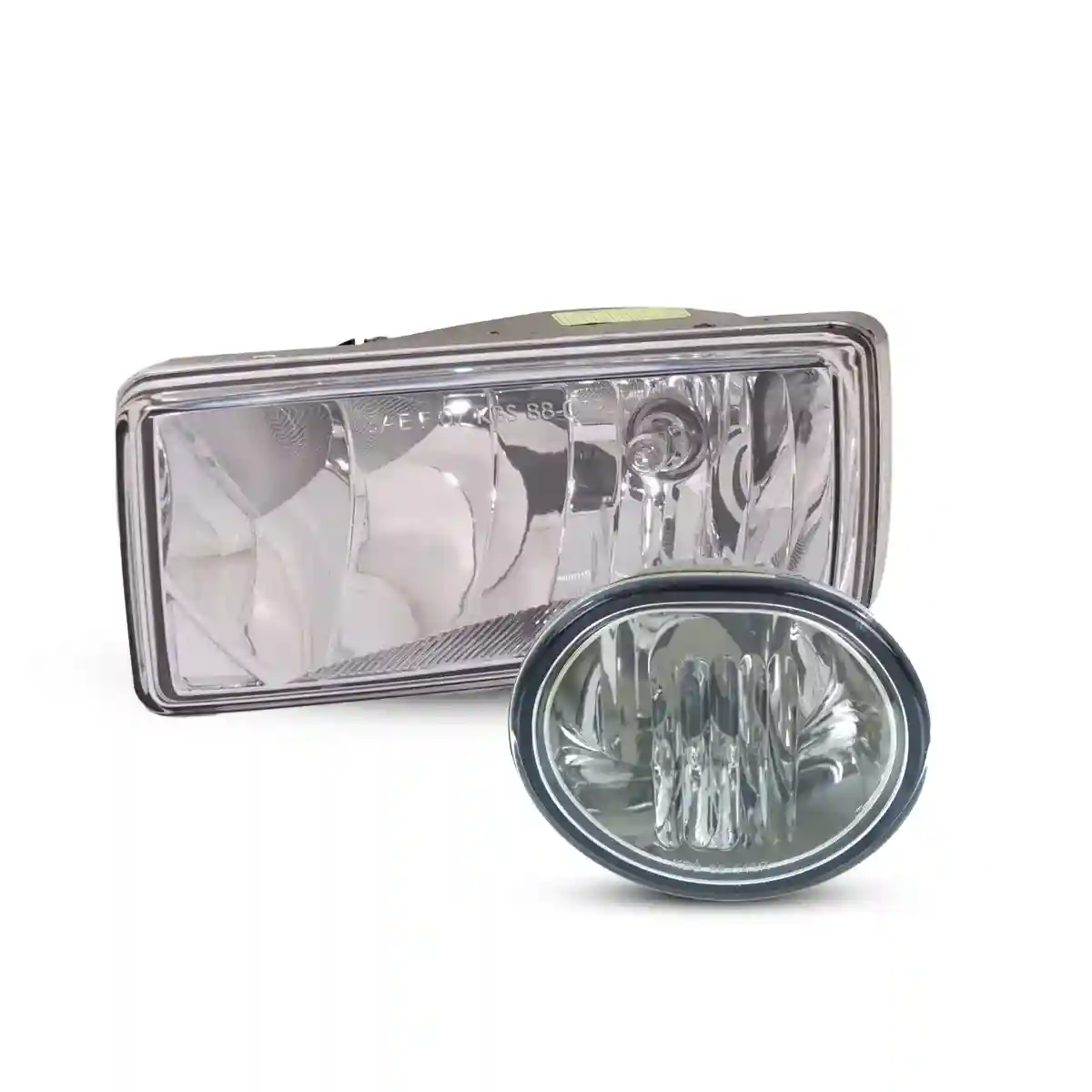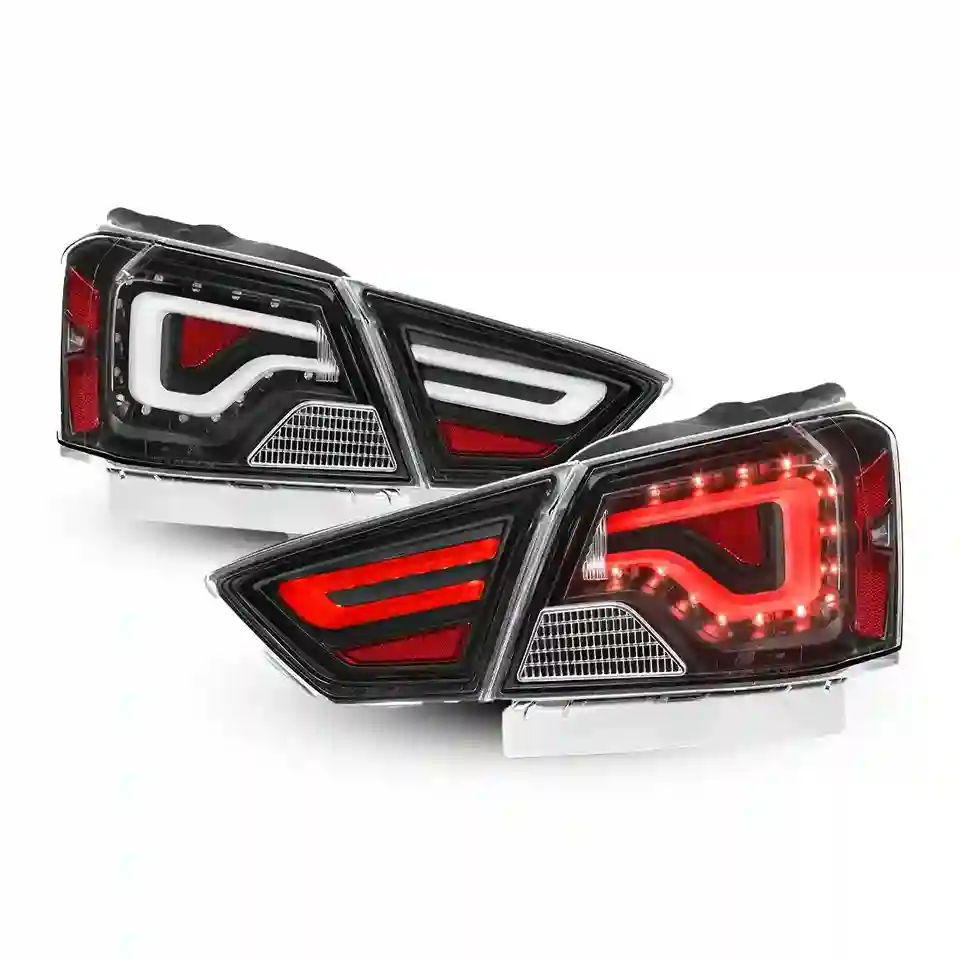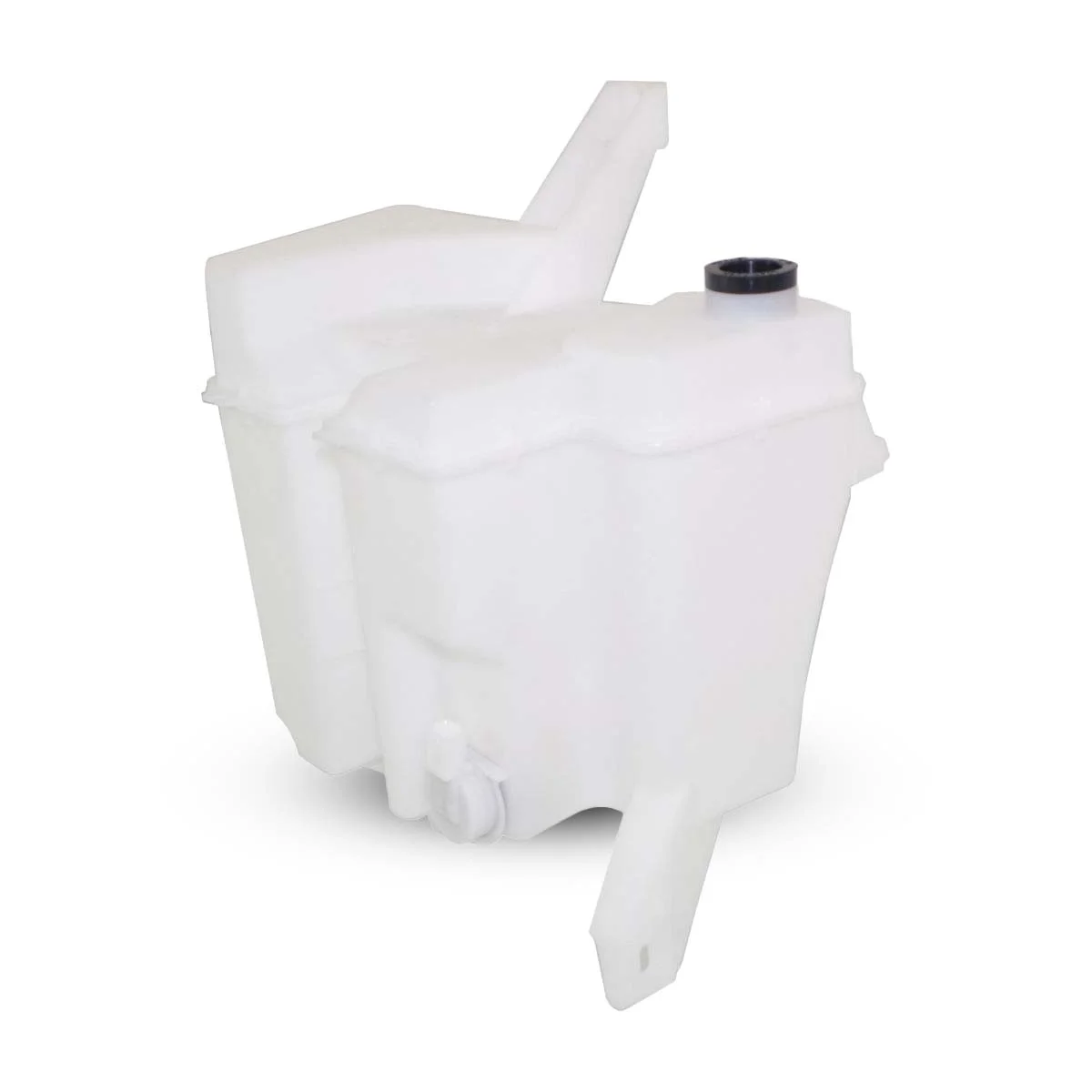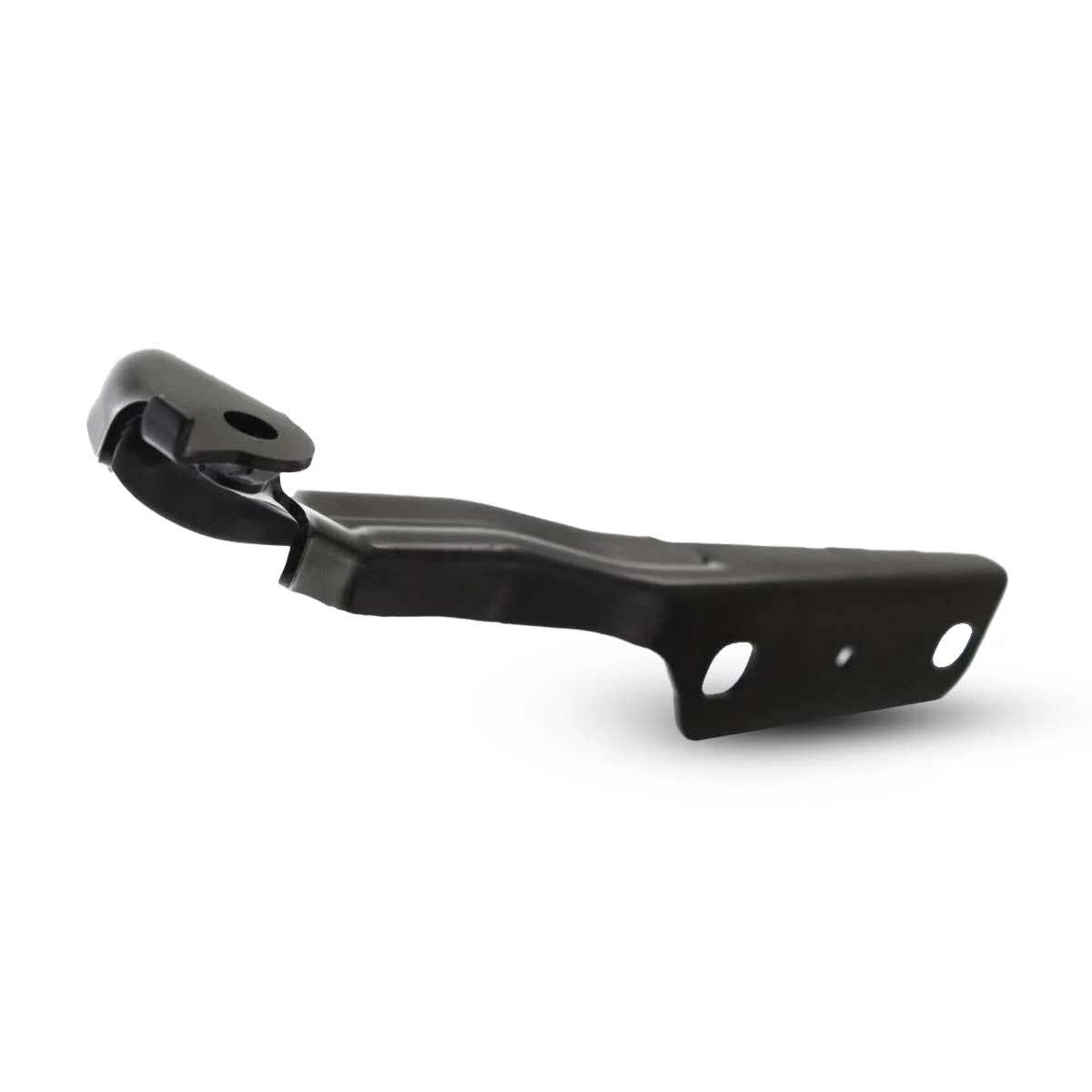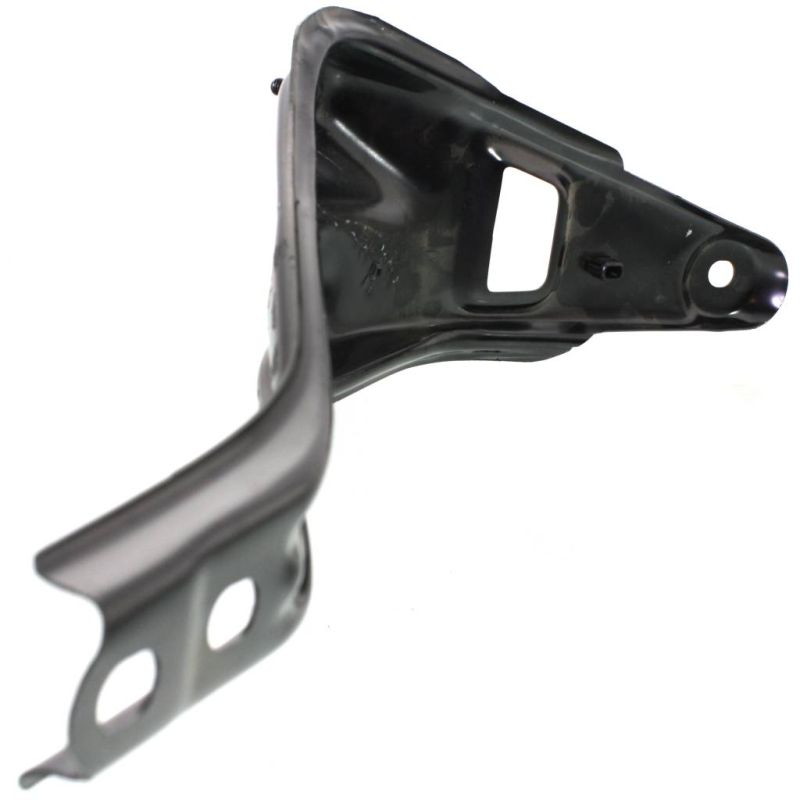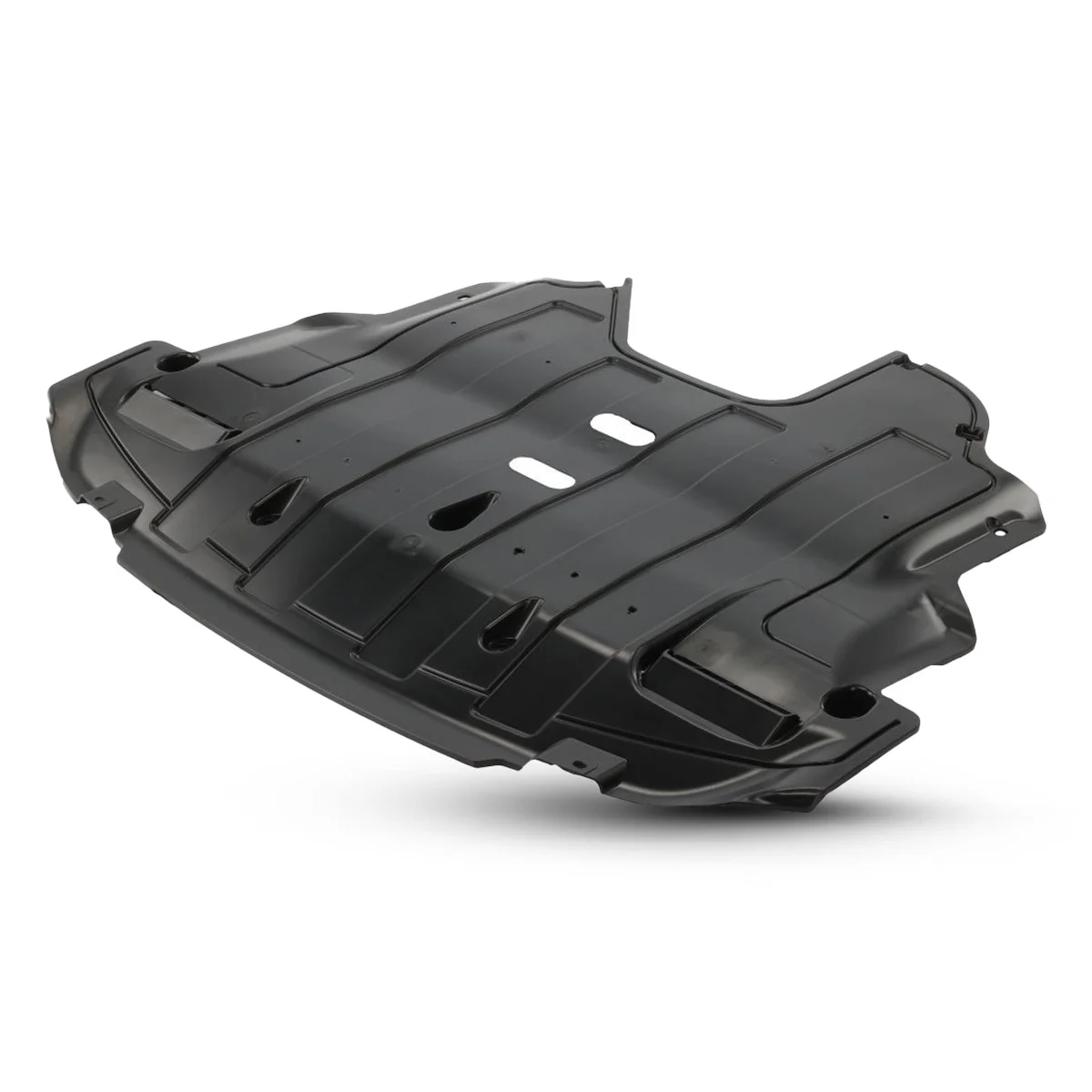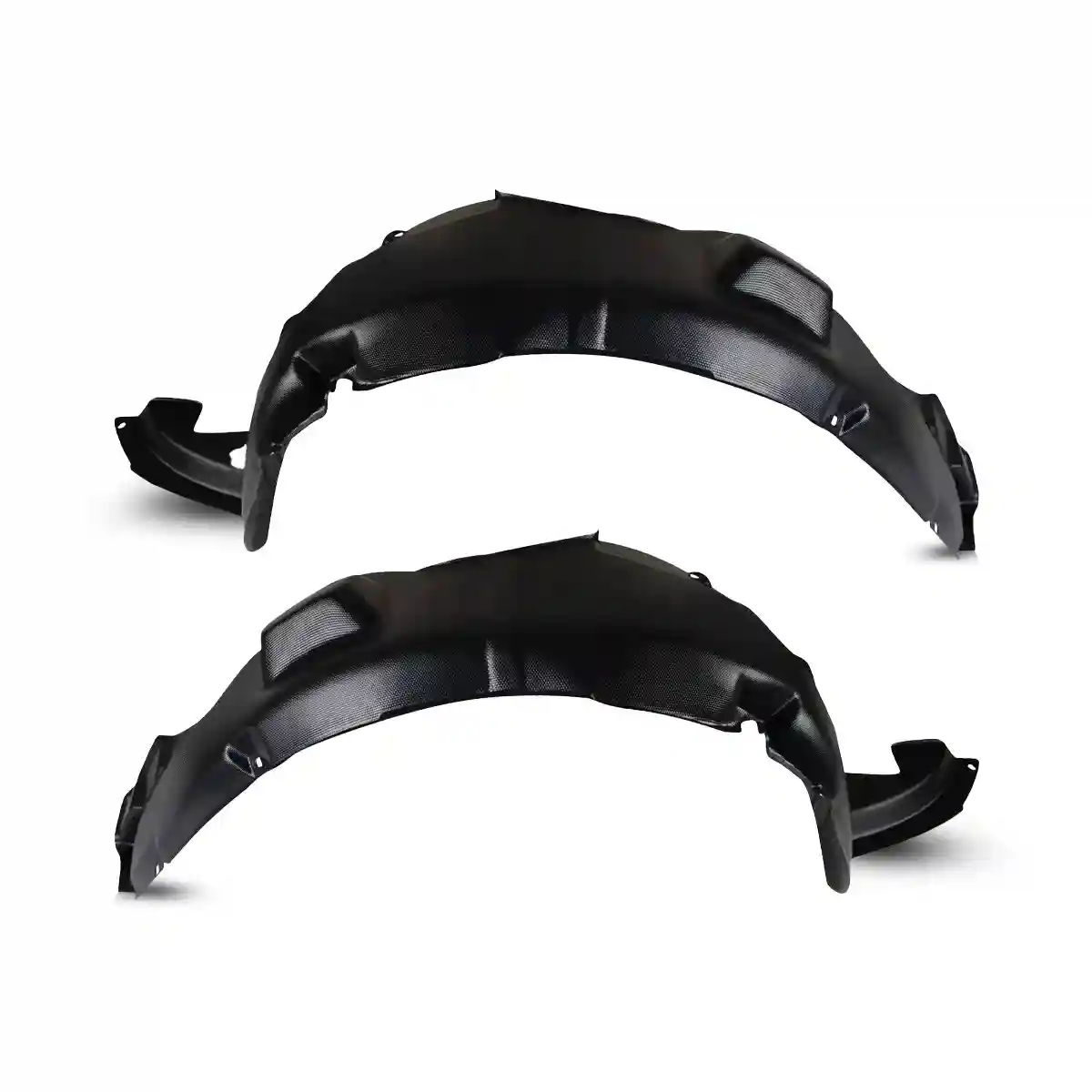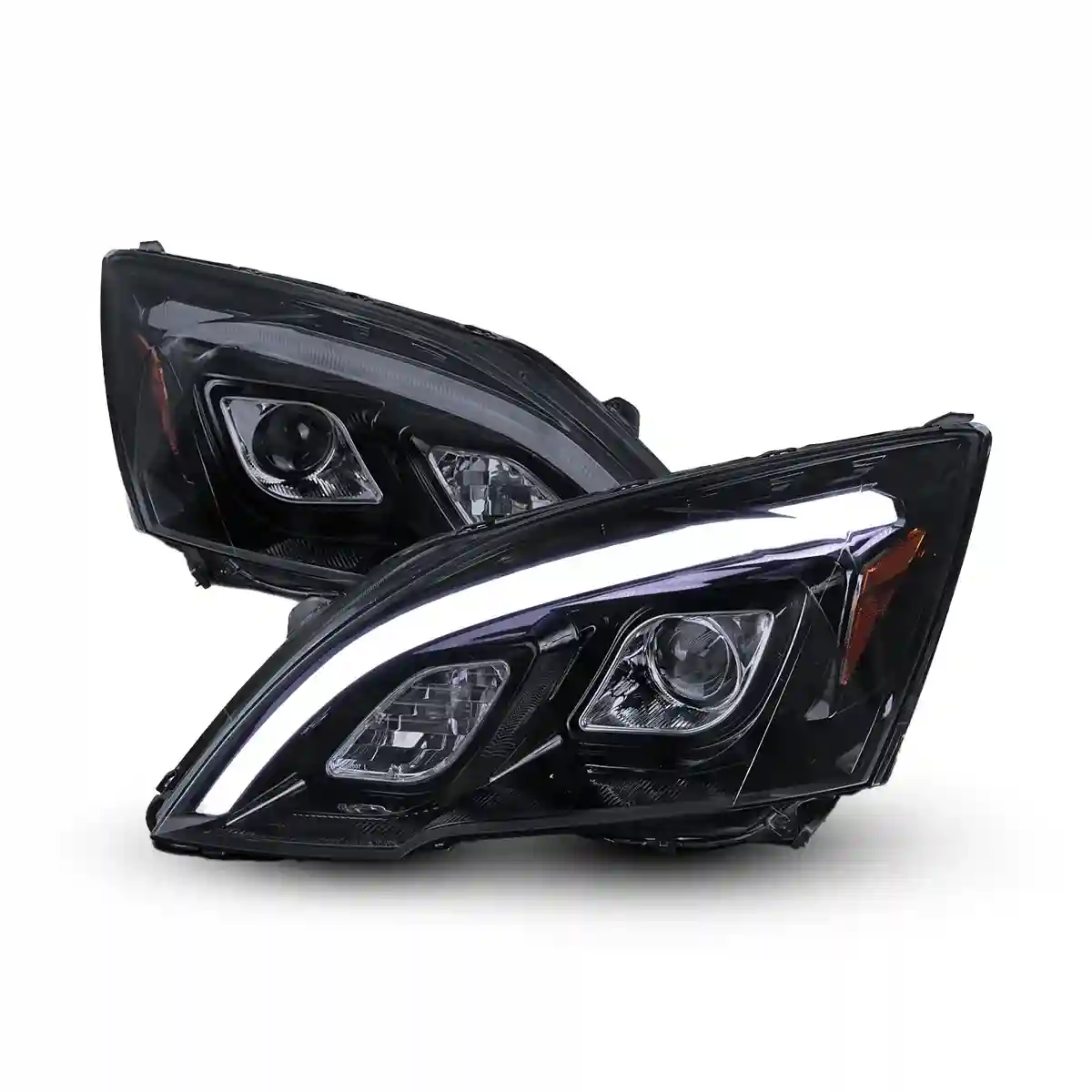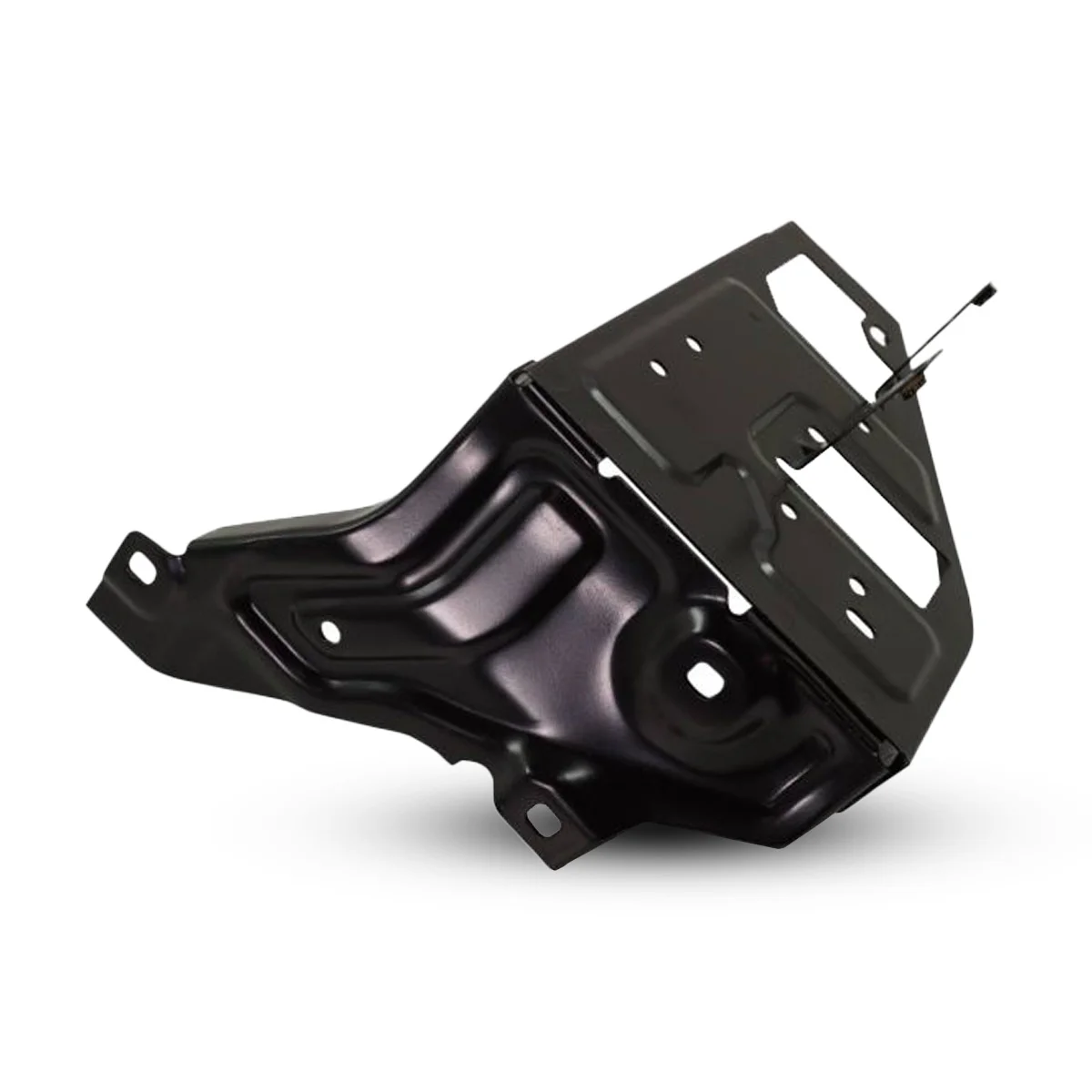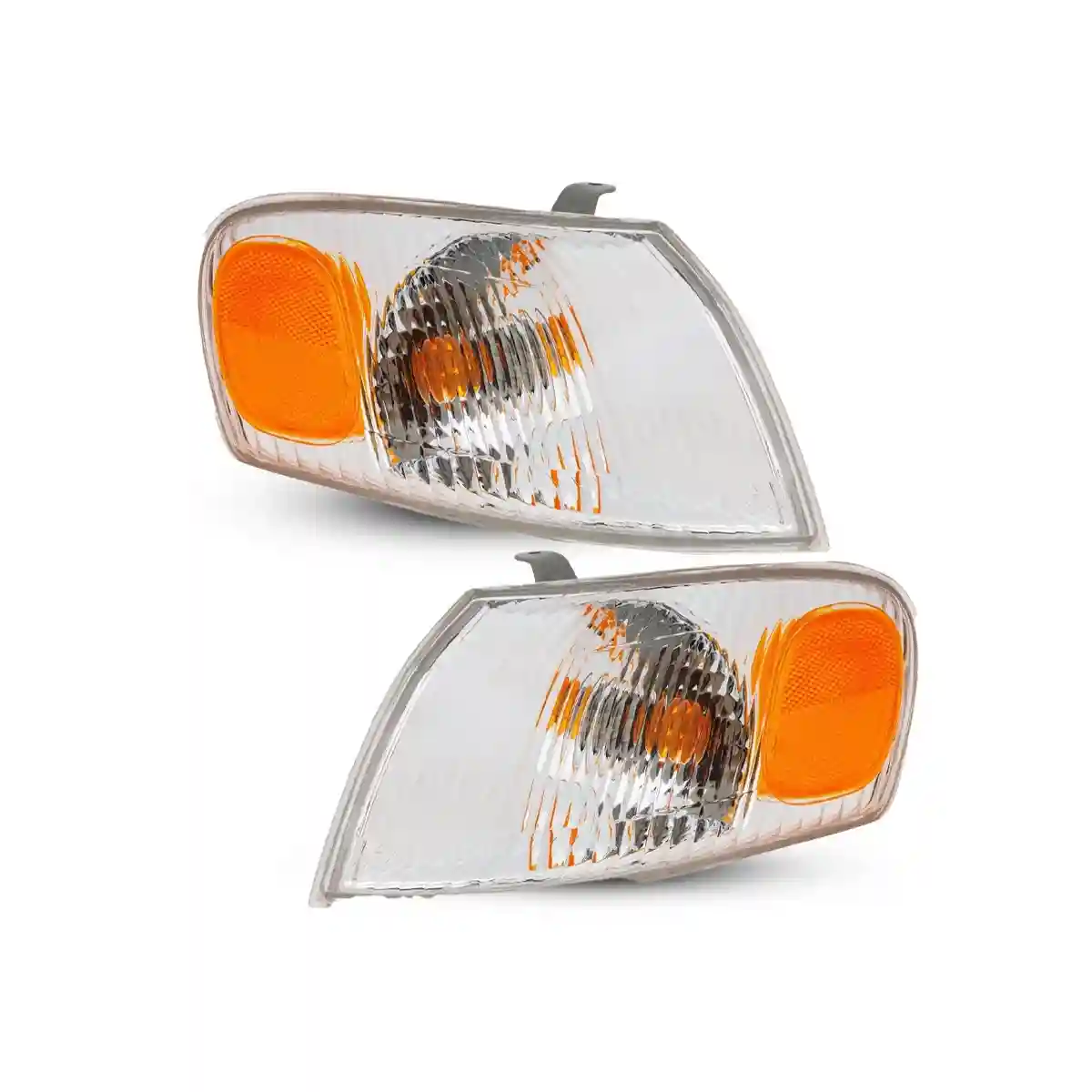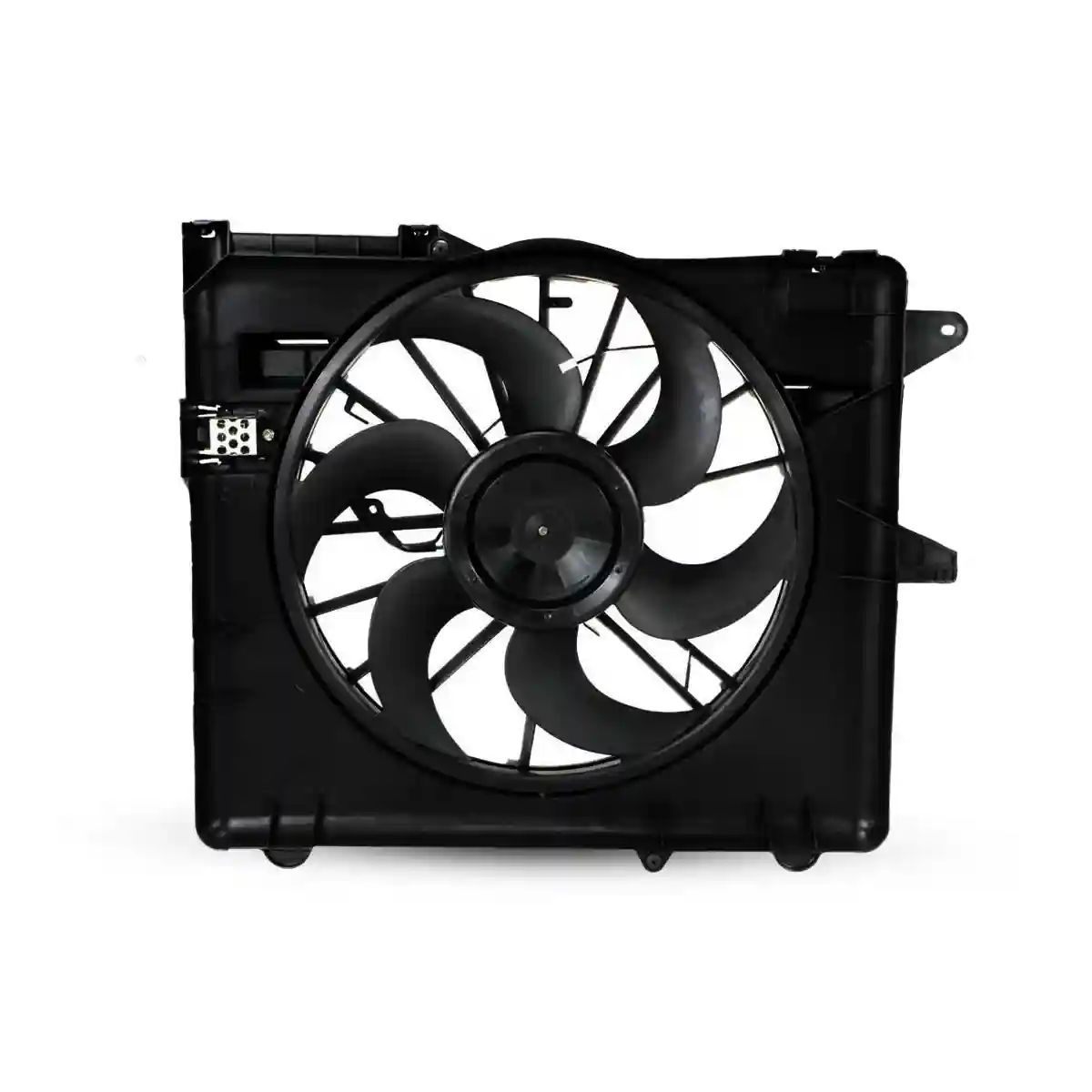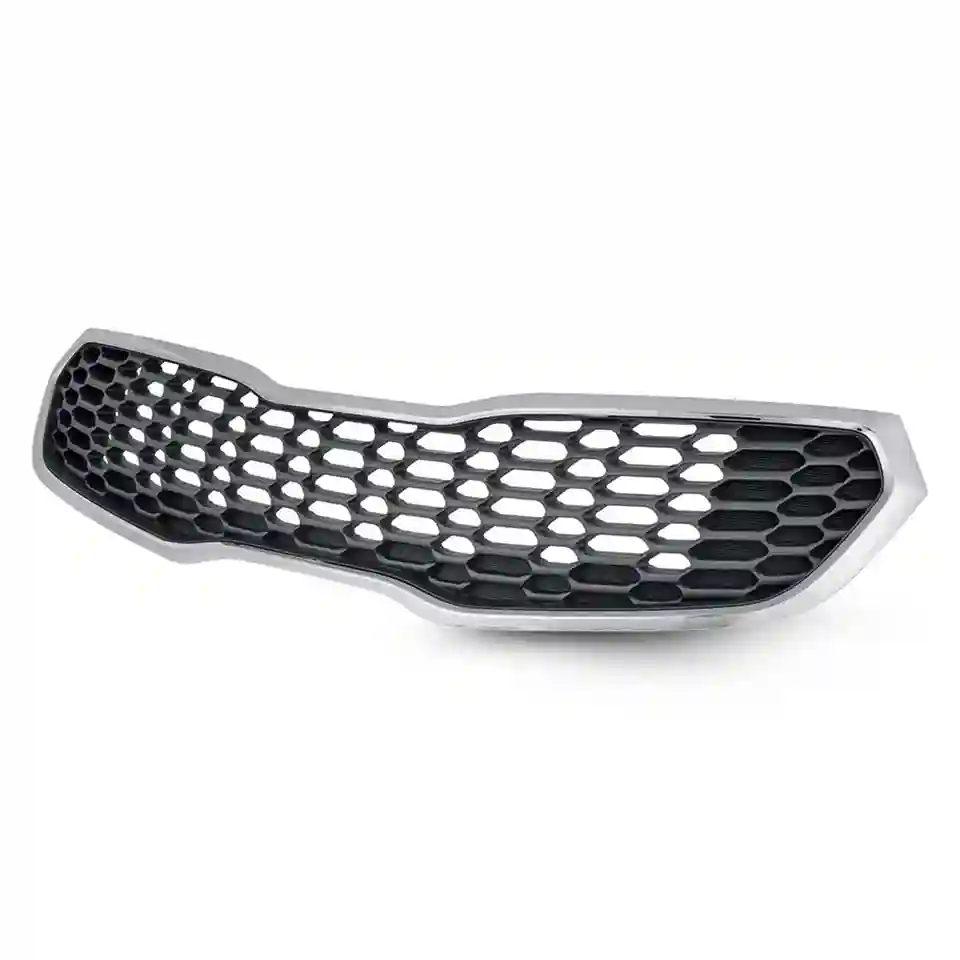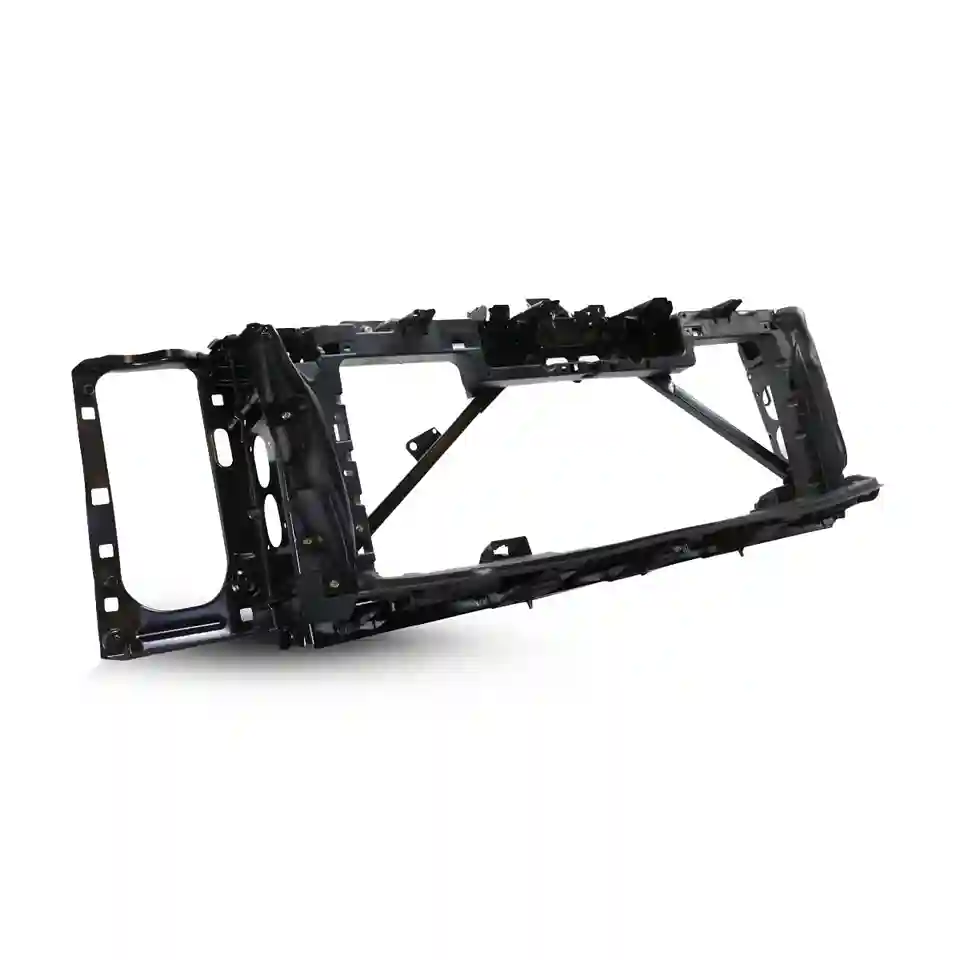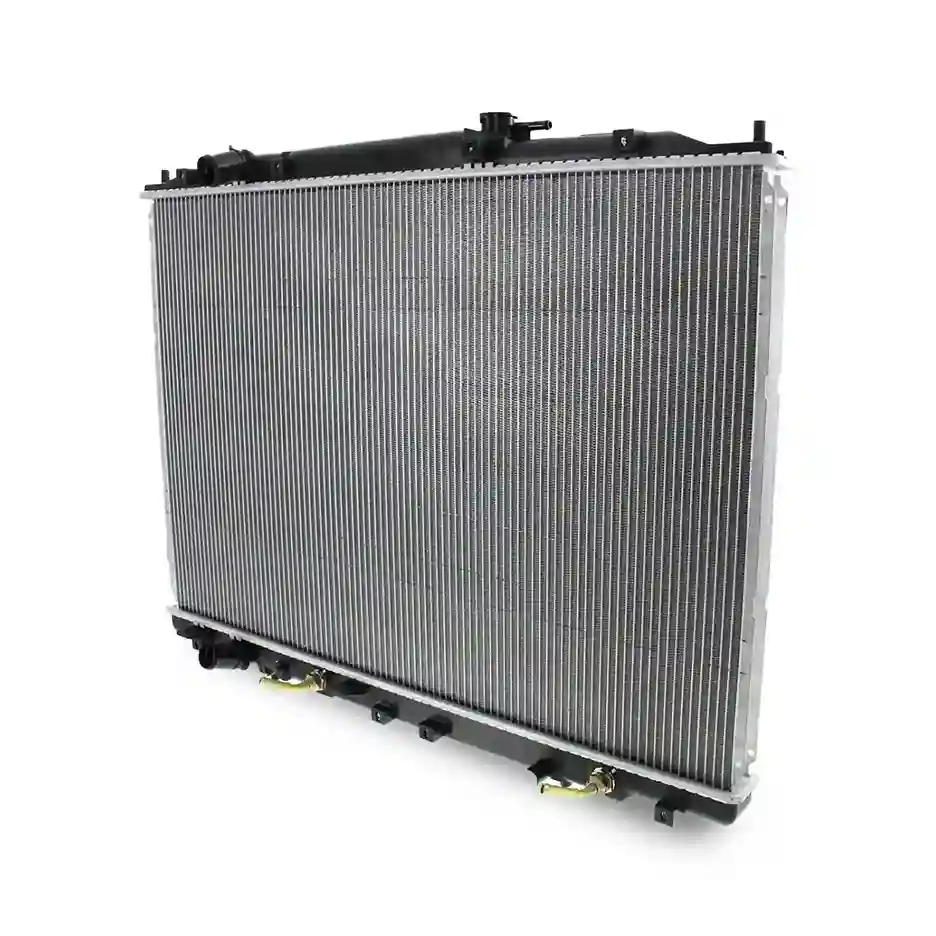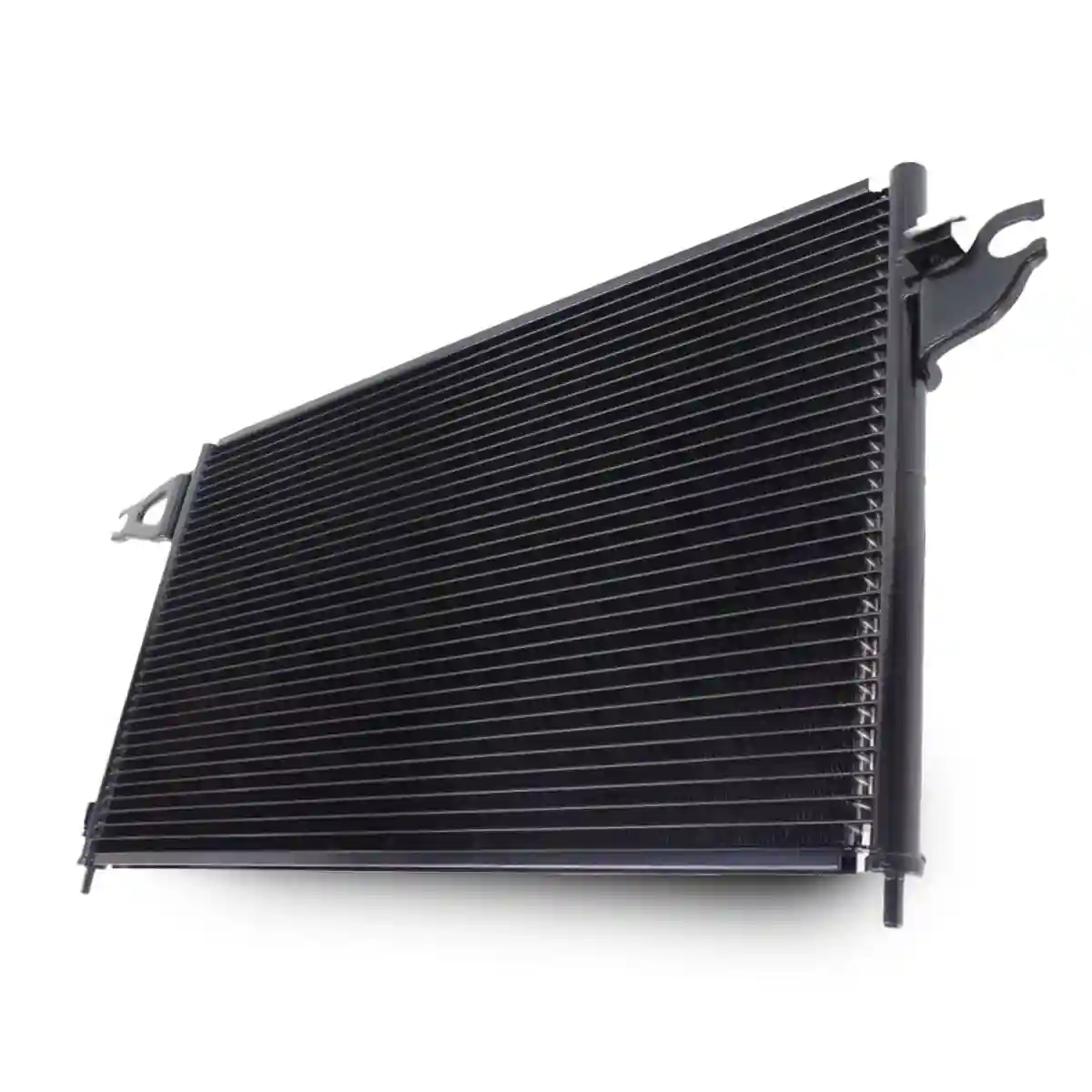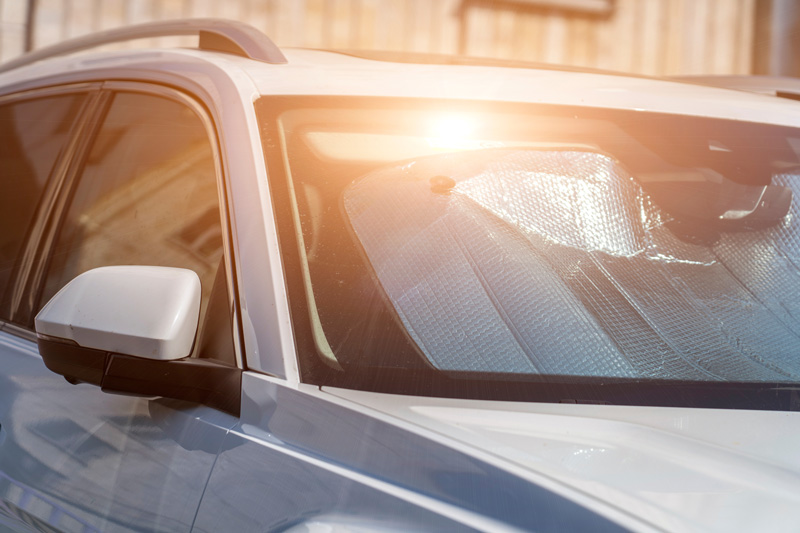The vibrant hues and lustrous sheen of painted auto parts play a crucial role in enhancing the visual allure of any vehicle. Nonetheless, extended exposure to sunlight poses a considerable risk, resulting in color fading and a decline in overall attractiveness. In this comprehensive guide, we will delve into practical methods, top-quality materials, and expert techniques that will safeguard your painted auto parts from the harmful effects of sun damage. By diligently applying these proven measures, you can ensure the long-lasting beauty and durability of your vehicle's exterior.
Understanding the Impact of Sunlight on Painted Auto Parts
Sunlight contains ultraviolet (UV) rays, which are known to be harmful to automotive paint. These UV rays can cause oxidation, fading, and discoloration of the paint surface. The intensity of sun damage varies depending on factors such as geographical location, climate, and duration of exposure. Understanding the detrimental effects of sunlight on painted auto parts highlights the importance of proactive protection.
Importance of Protecting Painted Auto Parts
Protecting your painted auto parts is essential not only for maintaining the appearance of your vehicle but also for preserving its value. Faded or damaged paintwork can significantly diminish the resale value of a car. By implementing preventive measures and using appropriate protective products, you can safeguard your investment and enjoy a visually appealing vehicle for years to come.
Choosing the Right Protective Products When it comes to protecting painted auto parts from sun damage, selecting the right protective products is crucial. Consider the following factors to ensure effective and long-lasting protection:
Factors to Consider When Choosing Protective Products
- Compatibility with the paint type and finish
- Ease of application and maintenance
- Resistance to UV rays and fading
- Durability and longevity of protection
Types of Protective Products for Painted Auto Parts
- Ceramic Coatings: Ceramic coatings offer advanced protection by forming a durable, transparent layer over the paint surface. They provide superior resistance to UV rays, chemicals, and environmental contaminants, ensuring long-lasting defense against sun damage.
- Waxing and Polishing: Waxing and polishing products offer a layer of protection against UV rays, acting as a barrier between the paint and sunlight. These products provide a glossy finish and enhance the visual appeal of the vehicle.
Using Car Covers for Sun Protection
Choosing the Right Car Cover
When selecting a car cover, consider the following factors to ensure proper sun protection for your painted auto parts:
- Material quality: Opt for a car cover made from UV-resistant and breathable materials. Look for covers specifically designed for outdoor use to withstand the sun's rays and provide sufficient ventilation.
- Proper fit: Choose a car cover that fits your vehicle snugly. An ill-fitting cover may not provide adequate protection and can potentially cause damage to the paint surface.
- Ease of use: Consider the convenience of using the car cover, including installation and storage. Look for covers that are easy to put on and remove, with features like elastic hems or tie-down straps for a secure fit.
By using a car cover, you can significantly minimize sun damage to your painted mirrors and other auto parts and maintain the overall beauty and condition of your vehicle.
Benefits of Car Covers
Using a car cover is an effective way to protect your vehicle, including painted auto parts, from sun damage. Here are some key benefits of using a car cover:
- Preventing color fading: Car covers help prevent color fading caused by prolonged exposure to sunlight. By keeping your vehicle covered, you minimize the impact of UV rays on the paint, preserving its vibrant appearance.
- UV protection: A high-quality car cover acts as a physical barrier against UV rays, shielding the entire vehicle, including the painted auto parts, from direct sunlight. Look for covers specifically designed to provide UV protection.
- Protection from environmental elements: Car covers offer additional protection against other environmental factors, such as dust, dirt, bird droppings, tree sap, and pollutants. These elements can cause damage to the paint surface over time.
Applying Protective Coatings
Waxing and Polishing for UV Protection
Properly waxing and polishing your painted auto parts can provide an effective layer of UV protection. Here's how to go about it:
- Elevate shine and fortify with polish: Once you've completed the waxing process, it's worthwhile to incorporate a polishing compound to amplify the luster of your painted auto parts. Polishing not only imparts a brilliant finish to your vehicle but also fortifies the wax coating, creating an additional safeguard against the harmful impact of the sun's rays. By embracing this dual-action approach, you can achieve an enhanced shine while bolstering the protective barrier for your cherished car components.
- Regularly wax your vehicle: Applying a high-quality automotive wax helps create a protective barrier that shields the paint from harmful UV rays. Choose a wax specifically formulated for UV protection and follow the instructions for application. Remember to wax all painted surfaces, including the painted auto parts such as painted hoods, fenders, and mirrors.
Ceramic Coatings for Long-lasting Defense
For those seeking long-lasting and durable protection for their painted auto parts, ceramic coatings are an excellent option. Here's what you need to know:
- Application process: Ceramic coatings are typically applied in multiple layers, allowing each layer to cure before adding the next. The process involves applying the coating evenly using an applicator, followed by buffing and polishing to achieve a flawless finish.
- Consult a professional: Ceramic coatings require precise application and expertise. It is recommended to consult a professional or follow the manufacturer's instructions carefully if you choose to apply the coating yourself.
- Surface preparation: Before applying the ceramic coating, ensure that the painted auto parts are thoroughly cleaned and free from any contaminants. This may involve a process of washing, claying, and paint correction to remove imperfections and create a smooth surface.
- Benefit of long-lasting protection: Ceramic coatings create a durable shield that can last for several years, providing excellent resistance to UV rays, oxidation, and chemical contaminants. These coatings also make maintenance easier, as they repel dirt and water, keeping your painted auto parts, including painted fenders and grilles, cleaner for longer.
Parking Strategies to Minimize Sun Exposure
Shade Parking and Covered Parking
Parking your vehicle in shaded areas or covered spaces is an effective way to reduce sun exposure and protect your painted auto parts. Consider the following strategies:
- Look for shaded parking spots: Whenever possible, choose parking spaces that offer natural shade from trees, buildings, or other structures. Parking under a shade tree or in a covered parking structure can significantly reduce the intensity of direct sunlight on your vehicle, preventing sun damage.
- Consider portable sunshades: In situations where shaded parking is not available, you can use portable sunshades or windshield covers to provide some level of protection. These accessories block direct sunlight and help maintain a cooler interior temperature, reducing the potential for sun damage.
- Use parking garages or carports: If you have access to a parking garage or carport, take advantage of these covered spaces. They provide excellent protection against the sun's rays, keeping your painted auto parts shielded from prolonged exposure.
Using Sunshades and Window Tints
In addition to shade parking, you can further protect your painted auto parts by utilizing sunshades and window tints:
- Sunshades for windshield and windows: Invest in high-quality sunshades designed to fit your vehicle's windshield and side windows. These shades help block out a significant amount of UV rays and heat, minimizing sun damage to your interior and painted surfaces.
- Window tinting: Consider applying window tint to your vehicle's windows. Window tints provide an additional layer of protection against harmful UV rays, reducing the amount of sunlight that enters the vehicle's interior. This helps preserve the color and integrity of your painted auto parts.
Regular Cleaning and Maintenance
Proper Washing Techniques
Regular cleaning and maintenance are essential for preserving your painted auto parts and protecting them from sun damage. Follow these proper washing techniques:
- Use microfiber towels or mitts: Opt for soft, lint-free microfiber towels or wash mitts to prevent scratching the paint surface. These tools effectively remove dirt and grime without causing damage.
- Rinse thoroughly: Ensure you rinse the vehicle thoroughly to remove all soap residue, as leftover soap can promote the degradation of the paint and leave behind streaks or water spots.
- Use gentle cleaning products: When washing your vehicle, choose mild, pH-neutral soaps or automotive shampoos that are specifically formulated for painted surfaces. Avoid harsh detergents or abrasive cleaners, as they can strip away protective coatings and damage the paint.
Inspecting and Treating Painted Auto Parts
Regular inspections of your painted auto parts are essential for identifying any signs of sun damage or other issues. Follow these steps for proper inspection and treatment:
- Inspect for fading or discoloration: Regularly examine your painted auto parts for any signs of color fading, discoloration, or dullness caused by sun exposure. If you notice any significant changes, it may be necessary to take appropriate action to restore or protect the paint.
- Apply paint sealants or protectants: Consider using paint sealants or protectants specifically designed to shield your painted auto parts from UV rays. These products create a barrier that helps prevent sun damage and maintain the vibrancy of the paint.
By regularly cleaning, inspecting, and treating your painted auto parts, you can proactively protect them from sun damage and maintain their visual appeal.
Additional Tips for Sun Protection
Limiting Sun Exposure Time
To further protect your painted auto parts, consider the following additional tips:
Limit prolonged sun exposure: Whenever possible, try to limit the amount of time your vehicle spends under direct sunlight. This is particularly important during peak sunlight hours, typically between 10 am and 4 pm. Parking in shaded areas or covered spaces can help minimize sun exposure during these times.
Regular Inspections and Touch-Ups
Perform regular inspections of your painted auto parts to identify any areas that require touch-ups or additional protection. Look for signs of paint deterioration, such as cracks, chips, or peeling. Promptly address these issues by touching up the affected areas with matching paint or protective coatings.
Conclusion
Safeguarding the allure and durability of your vehicle necessitates diligent protection against sun damage to its painted auto parts. By comprehending the adverse effects of sunlight, selecting suitable protective products, and employing tactics like regular waxing, utilizing car covers, and adopting prudent parking practices, you can effectively shield your painted auto parts from the detrimental impact of UV rays. Consistent cleaning, thorough inspections, and proactive maintenance will guarantee that your vehicle's exterior retains its vibrancy and receives long-lasting protection throughout the years.
FAQs
Q1: Are ceramic coatings worth the investment for protecting painted auto parts? Ceramic coatings offer long-lasting and superior protection against UV rays and other contaminants. They can be a worthwhile investment if you prioritize long-term durability and minimal maintenance. However, proper application is crucial to ensure optimal results.
Q2: How often should I wax my painted auto parts? It is generally recommended to wax your vehicle every three to four months to maintain optimal protection against UV rays and other environmental factors. However, the frequency may vary depending on the specific wax product used and the climate in which you reside.
Q3: Can I use any car cover to protect my painted auto parts? While any car cover provides some level of protection, it is advisable to choose a cover specifically designed for outdoor use and UV protection. Look for covers made from durable, UV-resistant materials that offer a snug fit for your vehicle.
Q4: How do I remove water spots from my painted auto parts? Water spots can be removed by using a mild automotive detailing solution and a soft microfiber towel. Gently wipe the affected area in a circular motion until the water spots are eliminated. Follow up with a thorough rinse and drying to prevent future spots.
Q5: Can window tints prevent sun damage to painted auto parts? Window tints can help reduce the amount of UV radiation that enters your vehicle's interior. This can indirectly protect your painted auto parts by minimizing the overall heat and UV exposure within the vehicle. However, for direct protection of the painted surfaces, it is recommended to use additional methods such as waxing or ceramic coatings.
Remember, protecting your painted auto parts from sun damage not only ensures a visually appealing vehicle but also helps maintain its value over time. By implementing the strategies outlined in this article and staying proactive in your maintenance efforts, you can enjoy a stunning and well-preserved vehicle for years to come.



